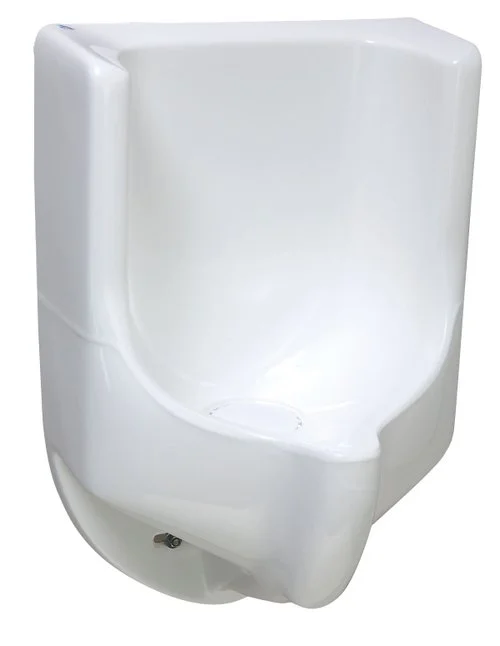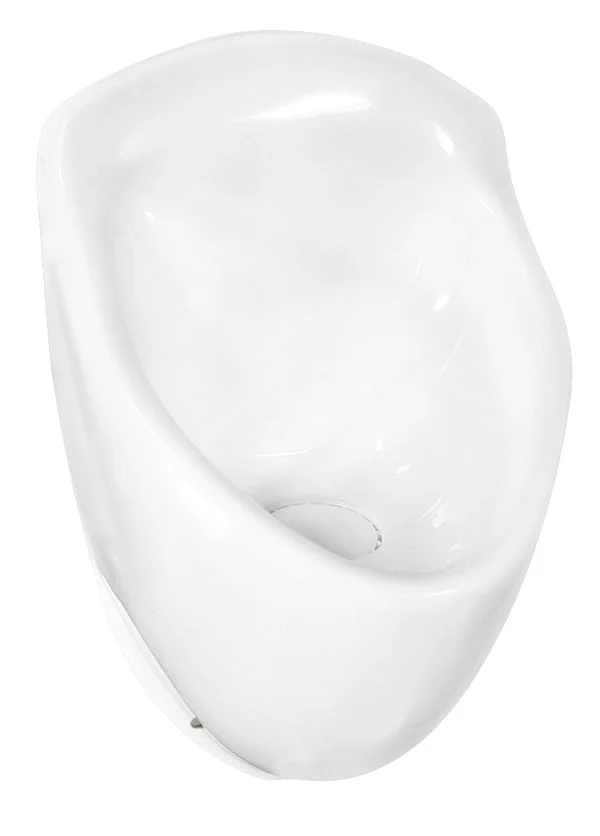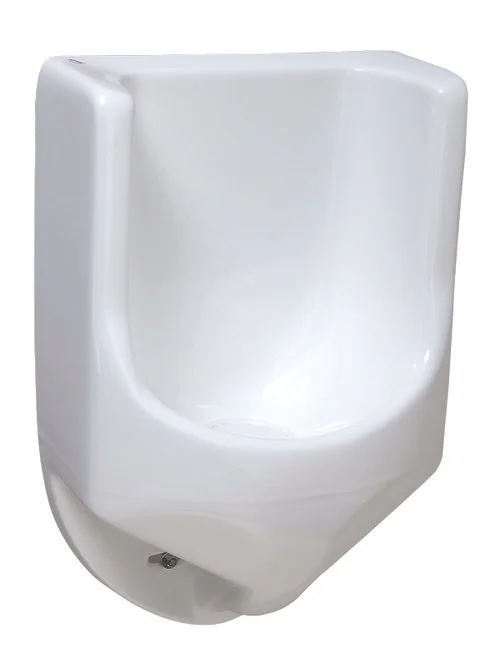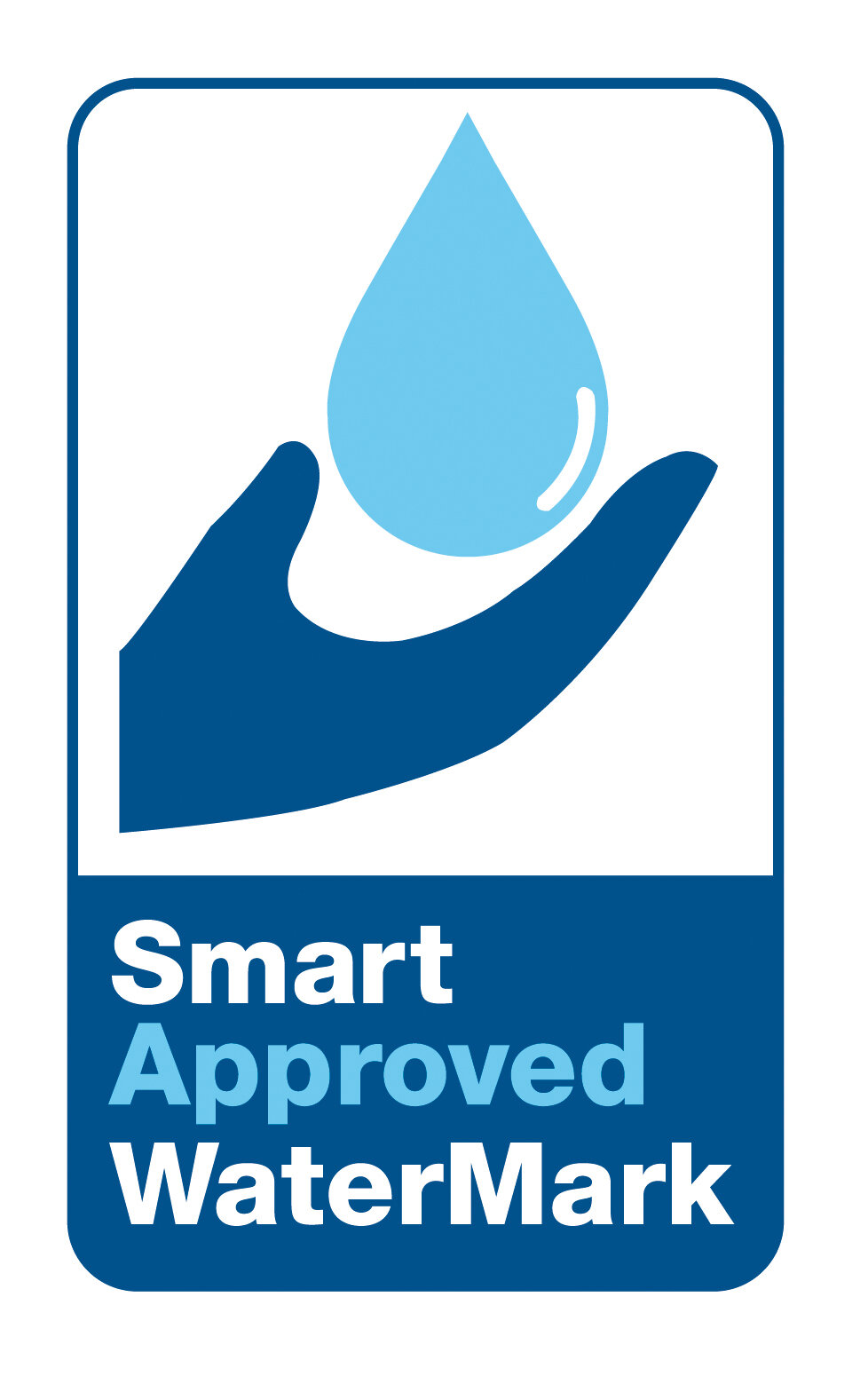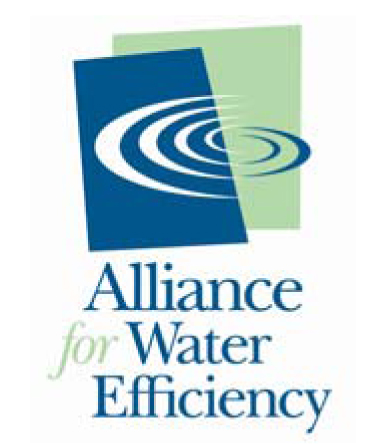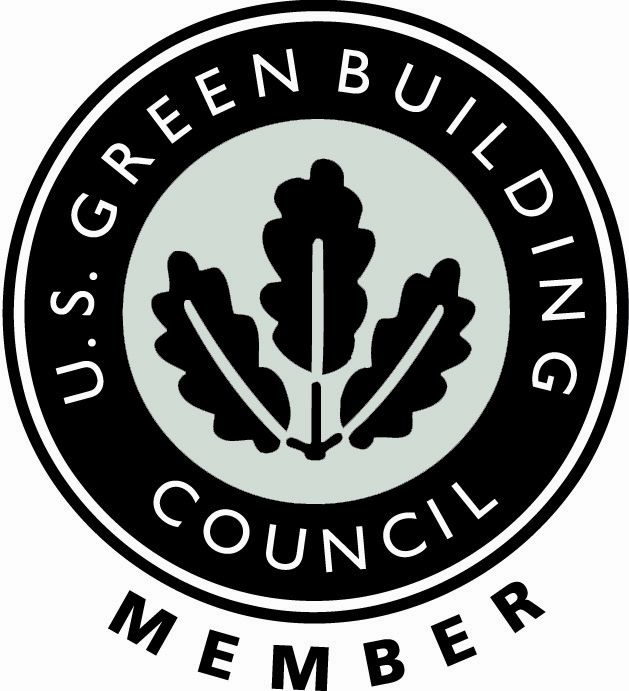Certain American companies—Apple, Nike, Harley-Davidson, and IBM—have achieved iconic status. Nearly everyone recognizes these brands and holds them in high regard. Customers often develop emotional connections with their products, treating them almost like trusted companions.
Ask a marketing professional how to build an iconic brand, and you'll likely hear a familiar playbook:
Maintain consistently high product quality
Launch a distinctive product
Investing carefully in product promotion
Be patient. It typically takes a decade or more
Consider Nike: founded over 50 years ago, the company didn't achieve icon status until the mid-1980s when it created special sneakers for Michael Jordan and made similar versions available to consumers.
Apple followed a similar path, combining unique products with substantial advertising. Though popular in the early 1980s, Apple reached iconic status with the 1984 Macintosh launch. Despite years of challenges, the company's groundbreaking computer secured its lasting iconic position.
However, some icons emerge simply through longevity. UPS exemplifies this perfectly. Founded in 1907, UPS has outlasted countless delivery competitors over the past 117 years. The company earned icon status through steady growth, international expansion, and remarkable staying power.
This brings us to Waterless Co. Inc.
In 1991, Waterless introduced the first waterless urinals to North America. By the early 2000s, our proven technology attracted competitors, including major restroom fixture manufacturers. Many of those companies have since exited the market or refocused on traditional water-based products.
Today, Waterless Co. Inc. stands as the industry's longest-operating manufacturer of waterless urinals—recently earning us recognition as an icon in our field. We've achieved this through dependable products that enhance any men's restroom while delivering consistent performance.
Without massive advertising budgets, we still have managed to generate significant publicity and industry attention. The results speak for themselves: thousands of Waterless urinals installed across North America, reducing water consumption, lowering operating costs, and a much greater widespread education about waterless urinal technology.

